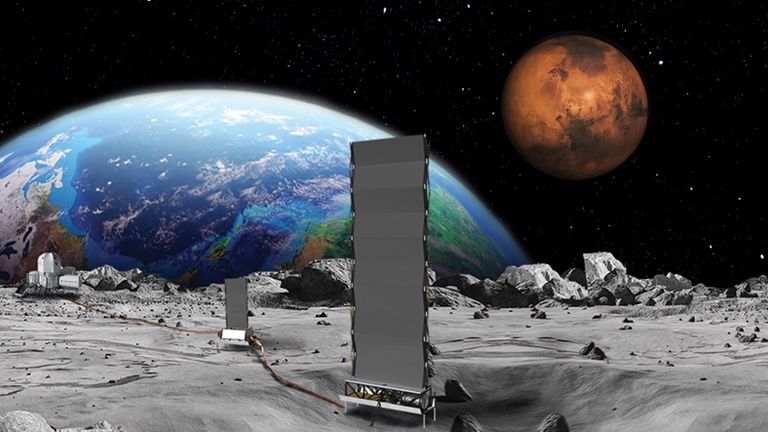NASA is fast-tracking its plans to build a nuclear reactor on the Moon by 2030. This initiative is part of the United States’ broader goal to establish a permanent human presence on the lunar surface. The urgency behind this plan is heightened by the competitive landscape of space exploration, with nations like China and Russia also pursuing lunar ambitions.
Geopolitical Context and Competition
The acting head of NASA recently highlighted the need for the U.S. to advance its lunar technology. He drew attention to similar efforts by China and Russia, warning that these nations could declare exclusive zones on the Moon. The geopolitical stakes are high, as the race to explore the lunar surface intensifies.
NASA’s plans include building a nuclear reactor capable of generating at least 100 kilowatts of power. This amount is relatively small, especially when compared to typical on-shore wind turbines, which can produce 2-3 megawatts. However, the reactor’s significance lies in its potential to provide continuous power, essential for long-term lunar missions.
U.S. Transportation Secretary Sean Duffy, appointed as the acting head of NASA, emphasized the need for rapid development. He called for proposals from commercial companies to create the reactor, citing the importance of supporting a future lunar economy and enhancing national security in space. Duffy’s push reflects the urgency felt by the U.S. government to maintain its competitive edge in space exploration.
Challenges and Concerns
Despite the ambitious timeline, questions remain about the feasibility of NASA’s plans. Recent budget cuts have raised concerns among scientists and policymakers. Many worry that financial constraints could hinder progress on the nuclear reactor project. Additionally, some experts argue that the motivations behind the project may be more geopolitical than scientific.
The Moon presents unique challenges for power generation. One lunar day lasts about four weeks on Earth, consisting of two weeks of continuous sunlight followed by two weeks of darkness. This cycle makes solar power less reliable for sustained energy needs. Many scientists agree that a nuclear reactor could be the best solution for providing continuous power on the lunar surface.
NASA’s interest in nuclear power is not entirely new. In 2022, the agency awarded three contracts worth $5 million each to companies for reactor design concepts. The recognition of nuclear energy’s potential for space missions reflects a growing consensus among scientists about its viability.
Meanwhile, China and Russia are also advancing their lunar plans. Both countries have announced intentions to establish automated nuclear power stations on the Moon by 2035. This further intensifies the competition, as nations race to secure their positions in lunar exploration.
In conclusion, NASA’s accelerated plans to build a nuclear reactor on the Moon underscore the urgency of establishing a human presence there. As geopolitical tensions rise and other nations make similar moves, the U.S. must navigate challenges related to funding and technological feasibility. The success of this ambitious project could significantly impact future lunar missions and the broader goals of space exploration. The coming years will be critical in determining whether these plans can become a reality.



